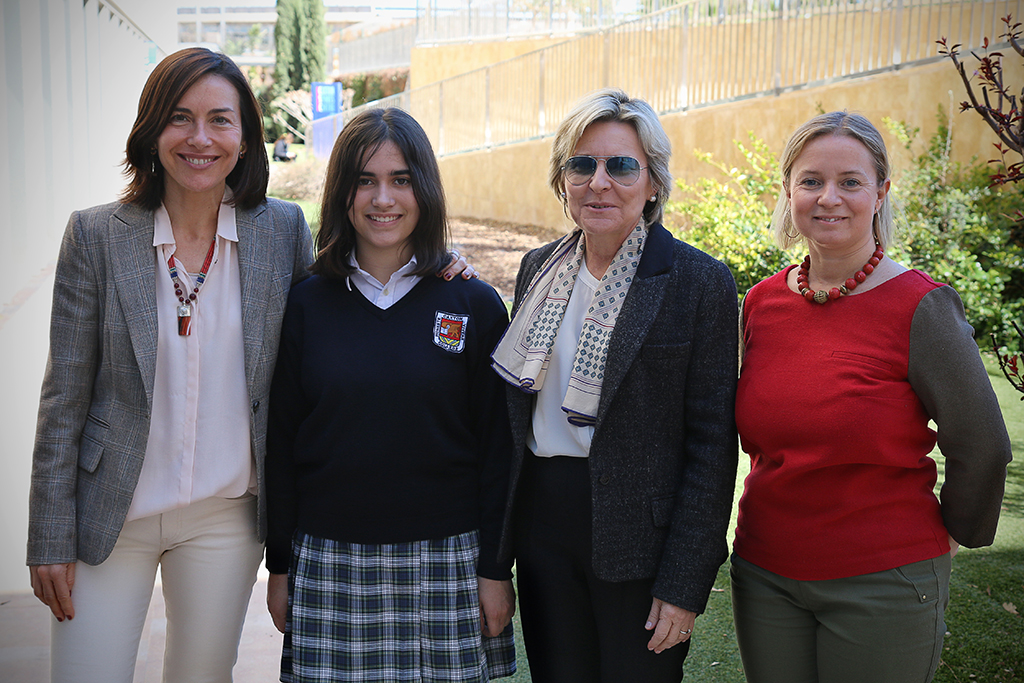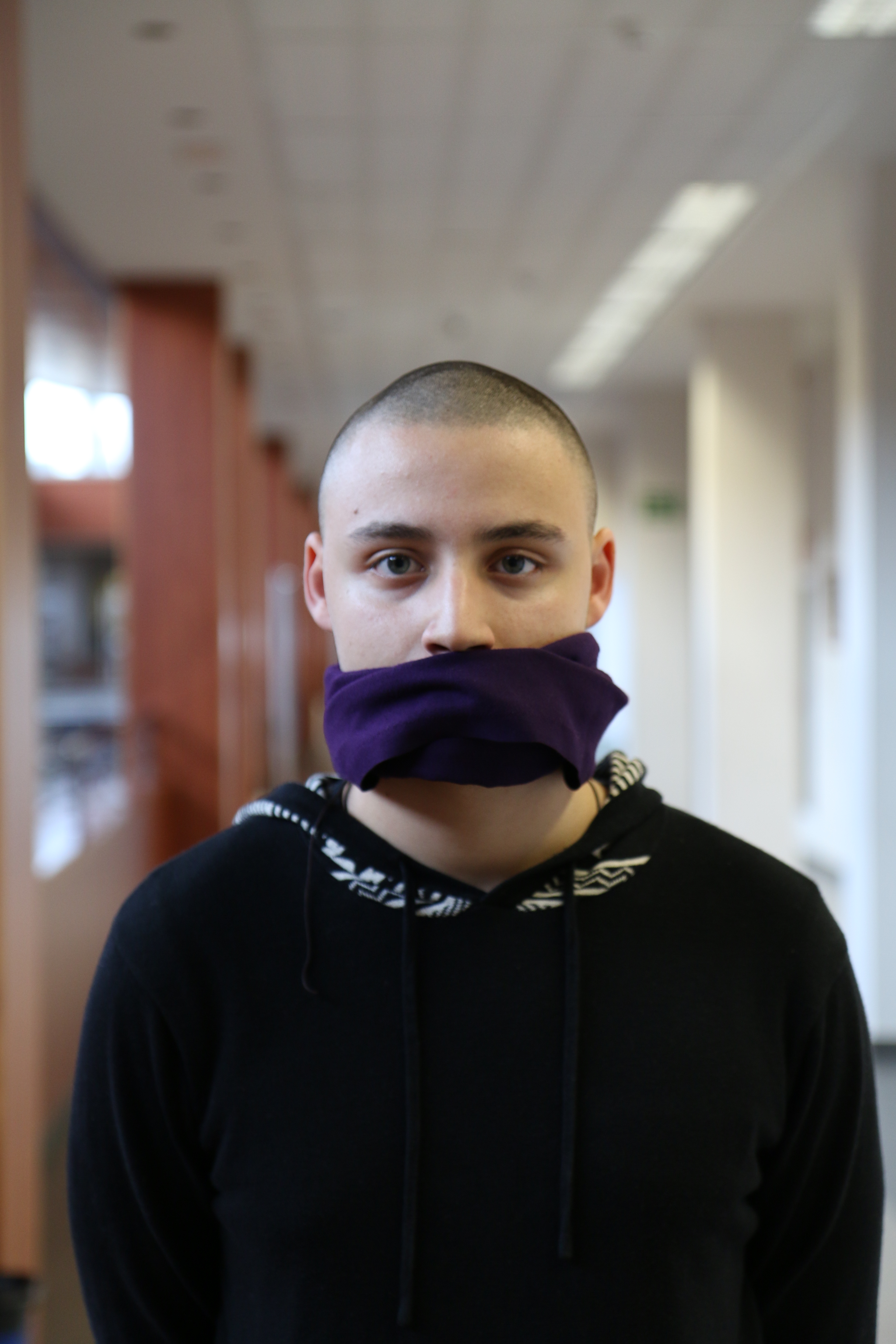The Easter season coincides with the beginning of spring, a time of renewal and rebirth. Easter blooming flowers carry special religious meaning for those who celebrate rebirth through Christ’s resurrection. Daffodils are perennials, or flowers that return each year, and Christian legend holds that daffodils bloomed profusely during the time of the resurrection.
The daffodil is associated with Lent, the 40 days of fasting and penitence before Easter Sunday, in most Christian churches and is known as the “Lent Lilly” in England. There is a legend that the daffodil first appeared on the night of The Last Supper in the Garden of Gethsemane to comfort Jesus in his hour of sorrow.
In Germany, daffodils are called Osterglocken which means Easter bells.
In Wales the national emblem is the Leek, however, the Daffodil is also used as a symbolic flower for Wales. The Welsh word for leek is Cenhinen, and Daffodil is Cenhinen Pedr, known as Peter’s leek. As time passed the two often were confused, so the daffodil along with the leek was adopted as the emblems, and buttons marking of Wales on Saint David’s Day. They also say the bloom of daffodils and the birth of lambs is the sign of spring in Wales.
The legend of Saint Francis:
Because all the animals loved St. Francis, he was gifted with a nest of coloured eggs. His constant companion, a rabbit, asked the daffodil for its yellow colour to colour the lark’s eggs; the crocus, for its blue colour; and the violet, for its purple colour. St. Francis was so pleased with the gift that he said a basket of coloured eggs would return as an Easter gift forever, in memory of the first Easter rabbit.











Leave a Reply